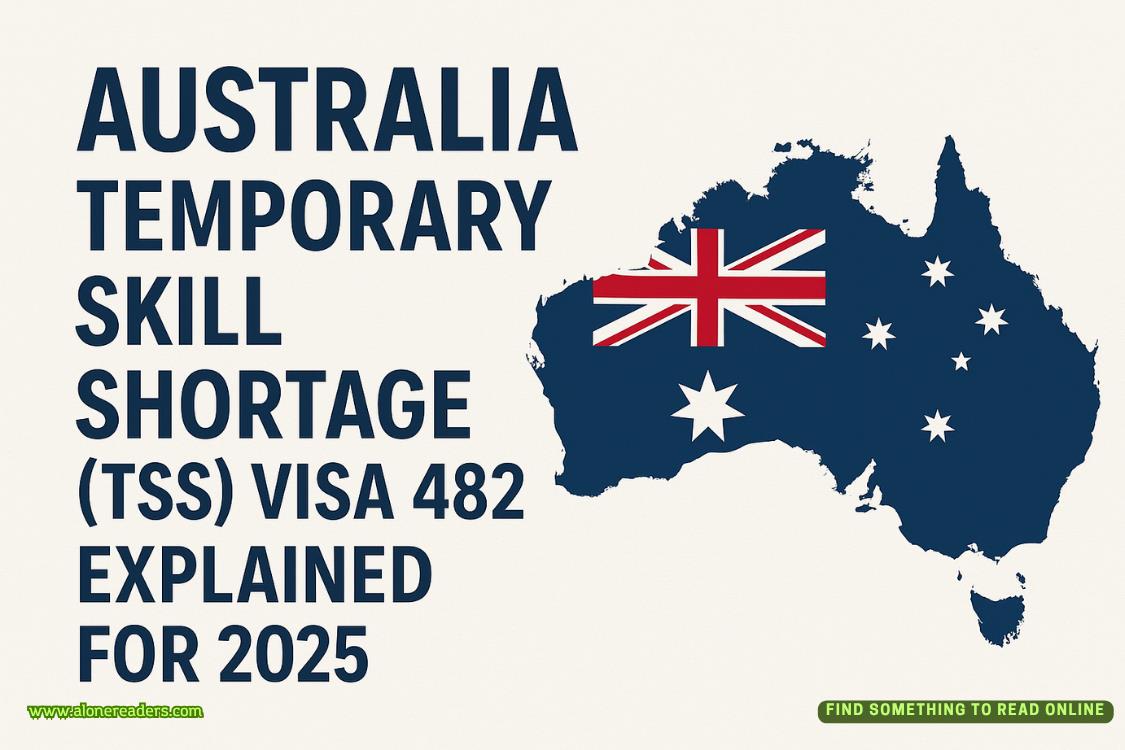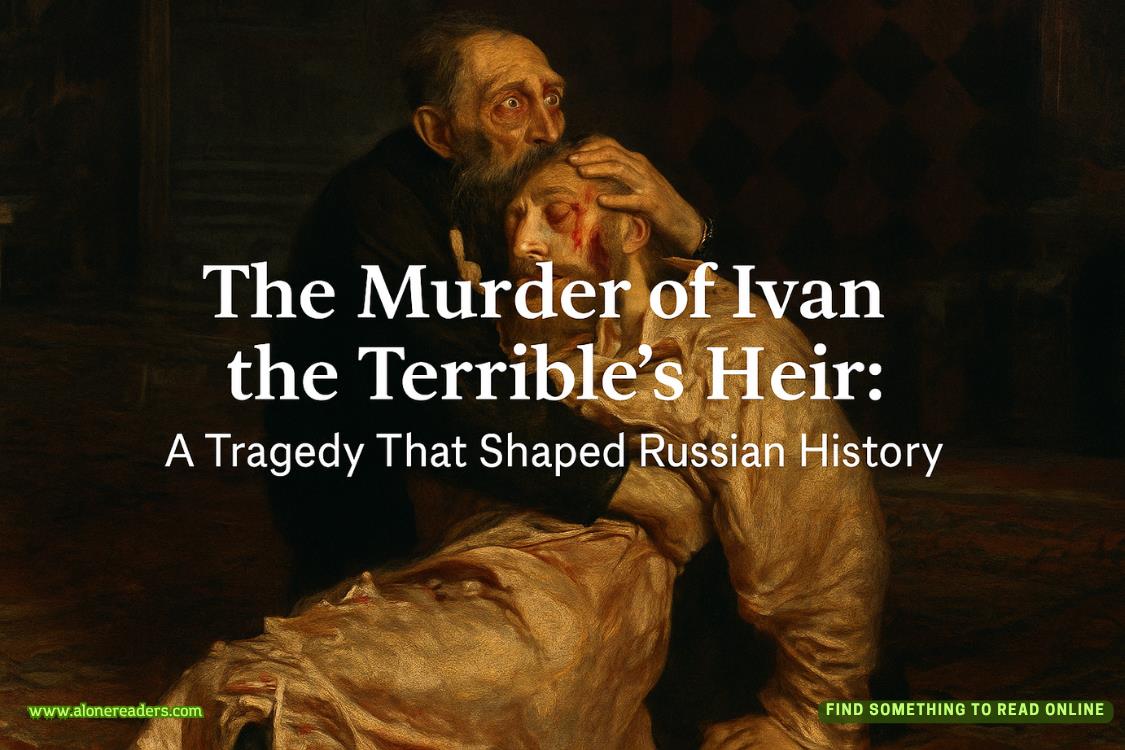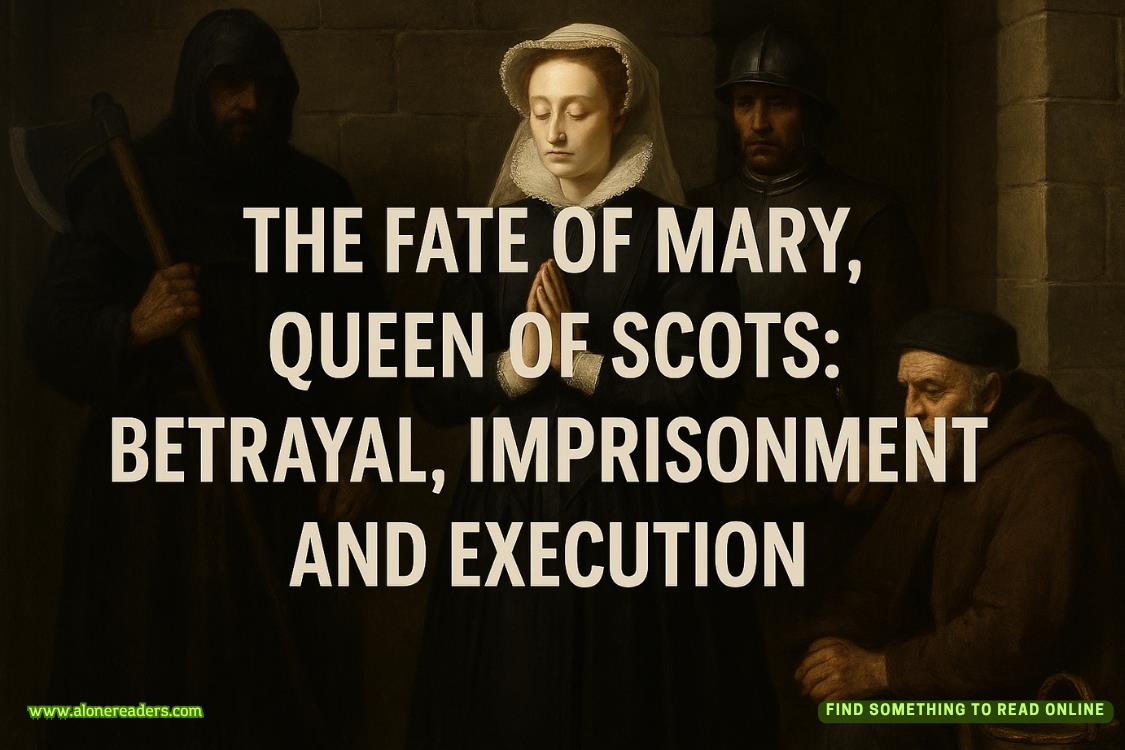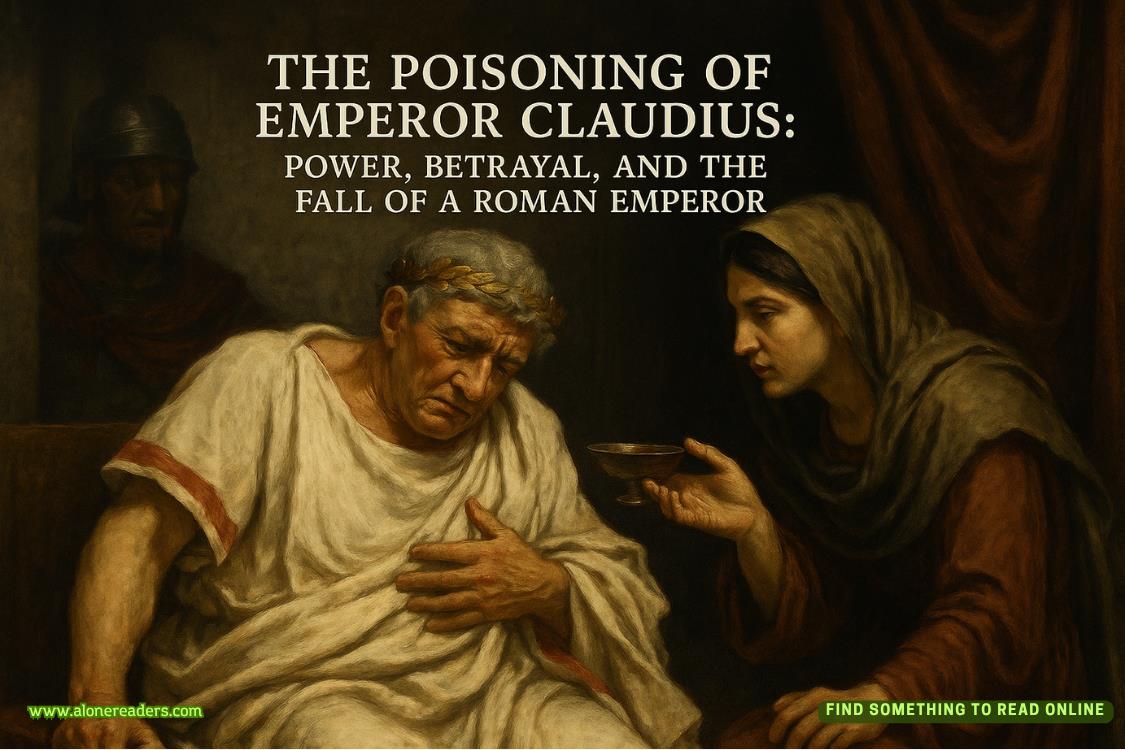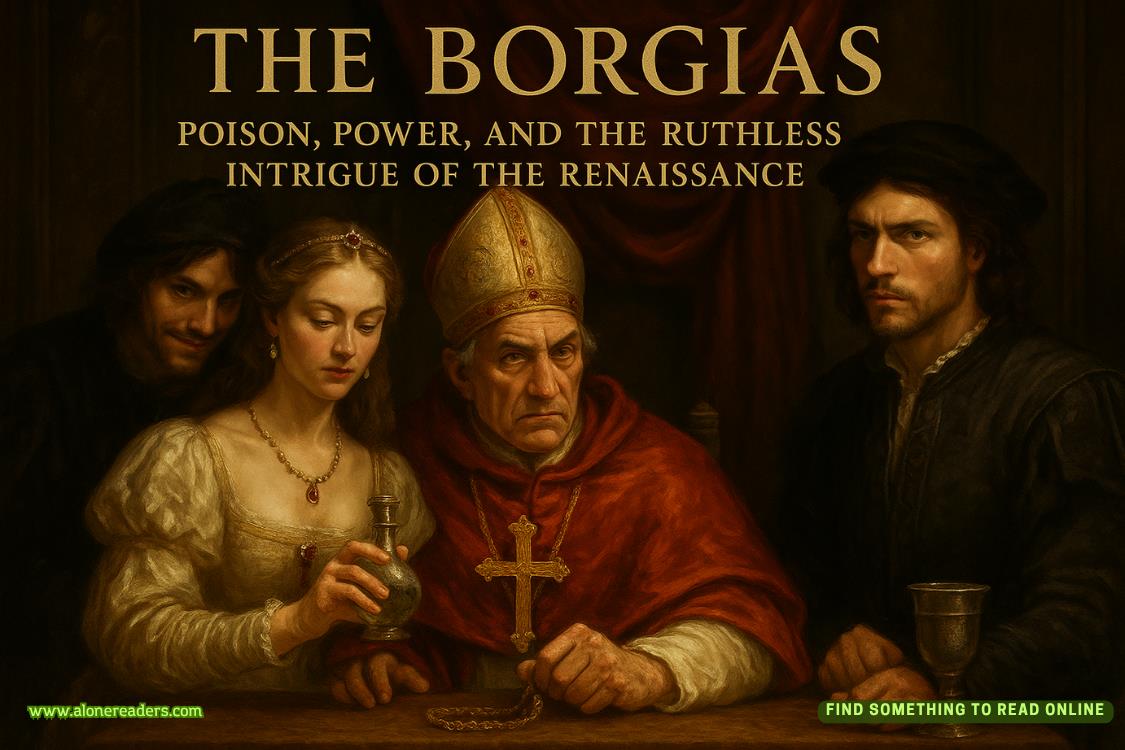Page 126 of The Last Kingdom
COTTON STARED IN WONDER AT HIS GRANDFATHER.
They sat in the attic, one of the many old trunks that littered the dusty space hinged open. He’d always been allowed free rein with the family’s memories, rummaging through stuff that had been lovingly retained for countless decades. Clothes, photos, letters, books, knickknacks, newspapers, shoes, toys, a little bit of anything and everything. But his investigations had finally uncovered something extraordinary. Two brass wheels bound on a center post with the alphabet engraved into both along with the initials CSA and S.S.
“What is it?” he asked his grandfather.
“That belonged to Angus. He used it during the War between the States. It’s a cipher wheel, for decoding messages.”
He made the connection. “CSA is Confederate States of America?”
The old man nodded. “That’s right. S.S. is for Secret Service, which was their spy agency.”
“Do you know how to work it?”
His grandfather took the disk from him. “During the war, if a general wanted to send commands to his colonels and captains, he had to guard ’em with ciphers. That way they couldn’t be read if the enemy captured ’em. But those ciphers had to be changed a lot, and those changes had to be simple and easy to do. Just enough to throw the enemy off guard.”
The whole thing mesmerized him. Soldiers on the battlefield.
Secret messages. Codes.
His grandfather showed him the disk. “This thing allowed those changes to be made, and fast. Do you know what a cipher is?”
He shook his head.
“It’s different from a code. With codes you take a bunch of letters or symbols and give ’em a new meaning. Like ‘Little red riding hood’ means ‘attack at sunset.’ You string together a lot of phrases that, if you know the code, reveal the message. But a cipher. Now that’s different. With a cipher you have the whole message right in front of you. You then convert that message to random letters that appear to have no rhyme or reason at all. But it can’t be read unless you have a way to decipher it.” His grandfather held up the brass wheels. “Using somethin’ like this.”
“That thing can reveal a secret message?”
“If you know the key. With a cipher you have to choose the key first. If you don’t know the key, you’re never goin’ to break a good cipher.”
“Have you ever used that wheel?”
His grandfather smiled. “My daddy taught me how when I was not much older than you. Around fourteen, if I recall right. You want me to teach you?”
He nodded. “I do. I really do.”
AND HE LEARNED A GREAT DEAL, ALONG WITH EVEN MORE FROMreading in the decades thereafter. Alphabet ciphers worked only when no letter in the cipher represented more than one in the original message. Each letter had to be distinct so there’d be no pattern that could lead to its unraveling. The cipher wheel created that randomness. It also helped if the number of letters within the key word was small. That made it even harder to break the cipher. Finally, word sizes in the final message were usually concealed by grouping the cipher in a set pattern.
Like here.
Thirty-two letters, in groups of four.
KRTY OGNM ISQL NBCD ZIOH LWDP DSGR ALOC
To really complicate things, sometimes the original message was reversed before being converted to a cipher. He and his grandfather had worked through many examples with the old Confederate cipher wheel. He’d never thought he would ever see another original one. Yet here one was, hidden away inside a German castle.
“Can you decrypt the message?” Fenn asked.
He removed the sheet that Dianne McCarter had provided from its envelope and laid it on the desk.
“The last part of the message says that ‘the gateway opens and closes with Wagner.’ Then there is 050 16 19 2.”
His mind raced, thinking like a Confederate spy concealing an important message.The gateway opens and closes with Wagner.He stared at the book from Herrenchiemsee that Fenn had laid on the desk. The opera it depicted was reflected in the murals surrounding him. It was part of this for a reason. He grabbed the book and opened to its title page.“Tannhäuser und der Sängerkrieg auf Wartburg.” Along with a byline for Richard Wagner. Toward the bottom of the page was Munich 1905, along with, as he translated in his mind
Printed byFRANZ HUMAR, MUNICH
Published byFRANZ SPEISER, PRIEN-AM-CHIEMSEE
050



